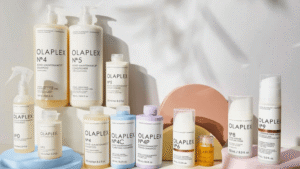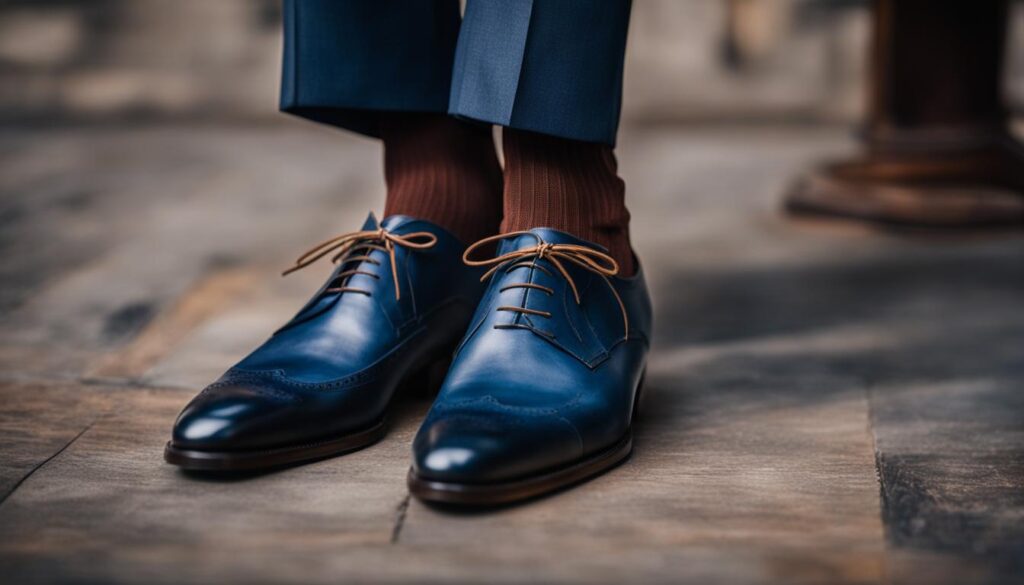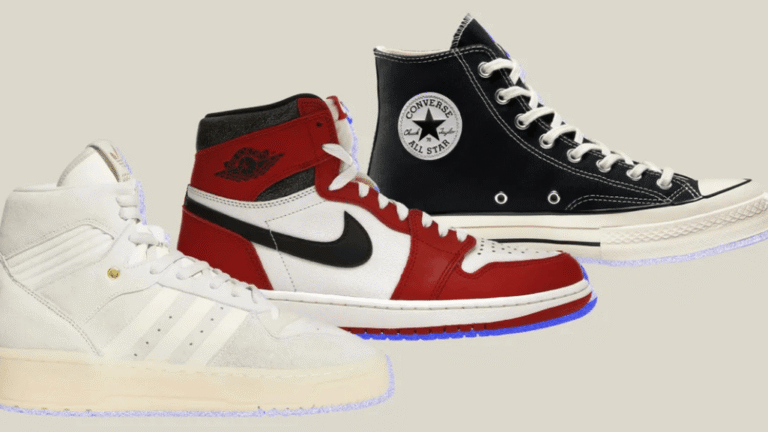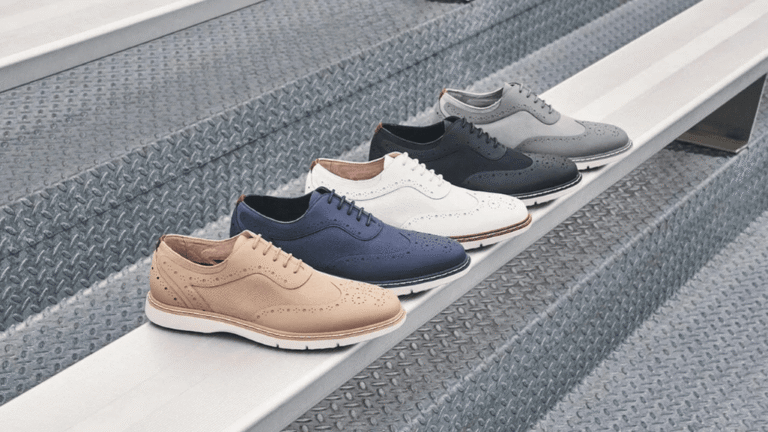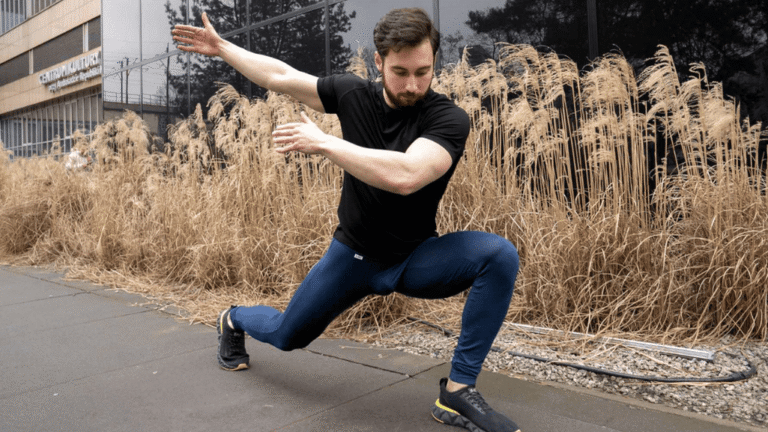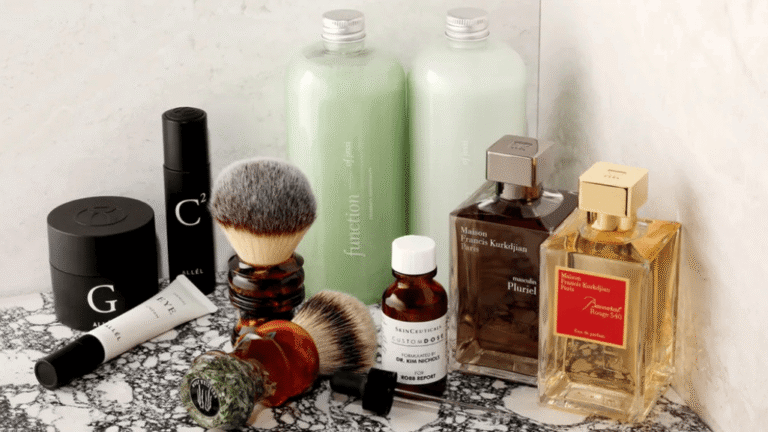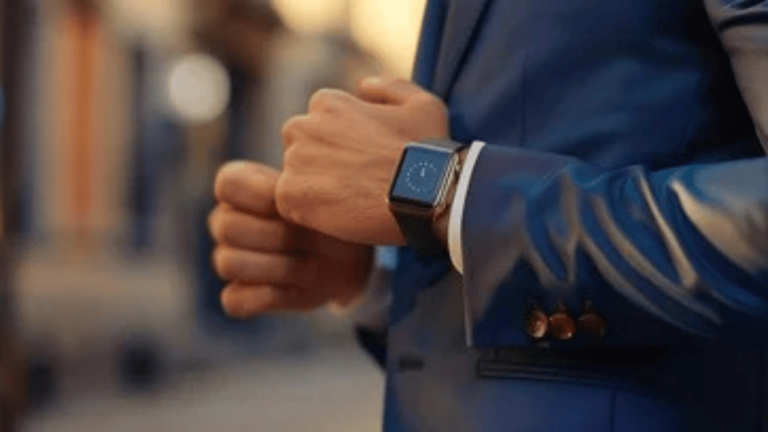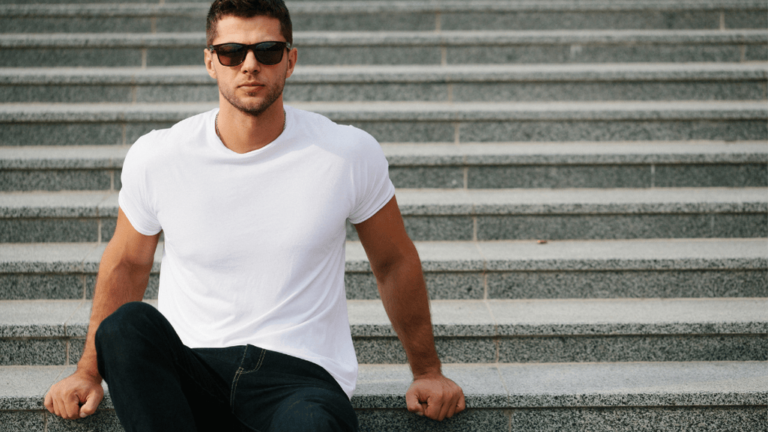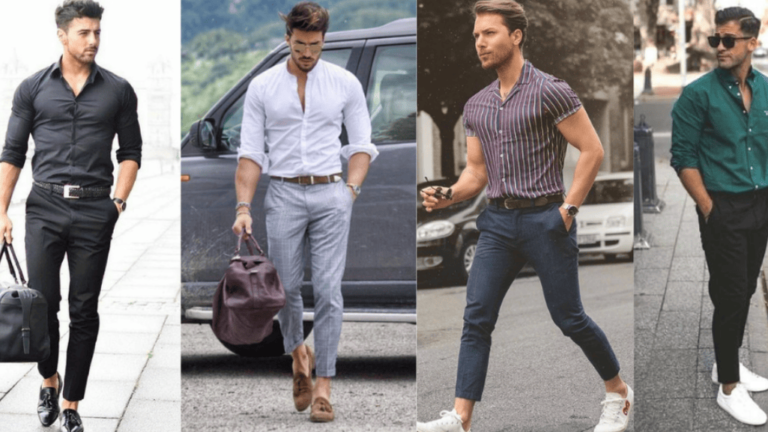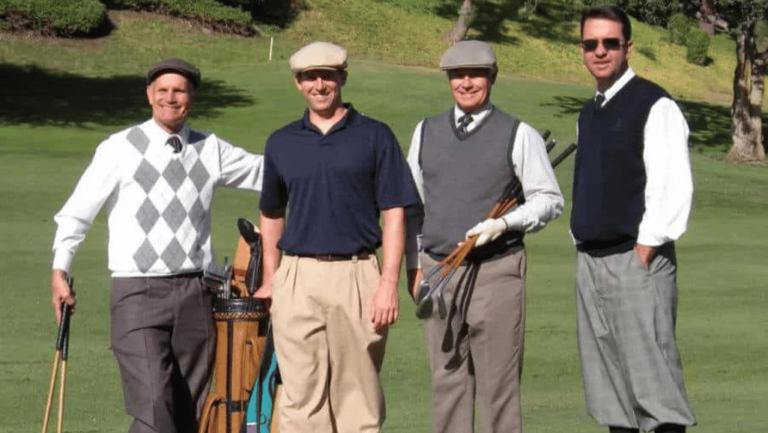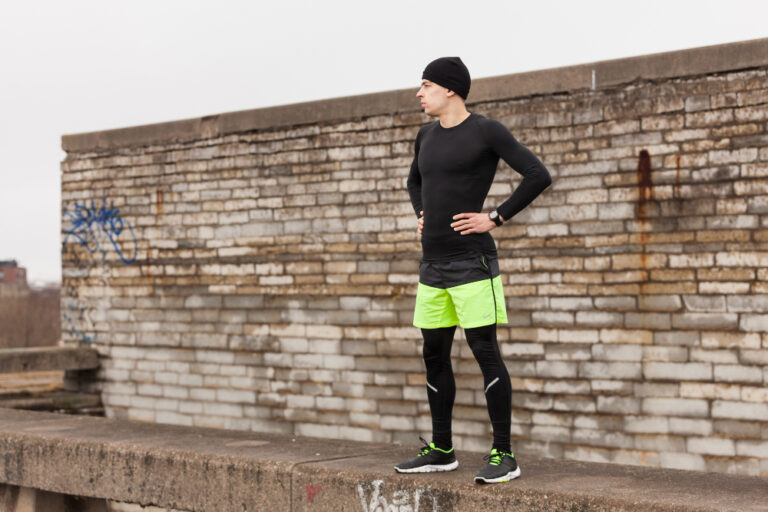Color matching can be a challenge for many men when it comes to putting together stylish outfits. In this comprehensive guide, we will provide you with easy-to-follow guidelines and tips on how to match colors in men’s fashion. We’ll also provide a color matching chart for clothes to help you visualize different color combinations. Say goodbye to uncertainty and never second-guess how to match your clothes again.
Key Takeaways:
- Color matching is crucial for creating cohesive and stylish outfits in men’s fashion.
- Understanding color theory and the impact of color perception can help you make deliberate choices in your wardrobe.
- Associating colors and complementary colors play a significant role in building a color palette for your outfits.
- Color matching techniques vary depending on the outfit style, such as casual or formal.
- Certain color combinations, like navy and white or grey and black, are considered timeless in men’s fashion.
The Importance of Color Matching in Men’s Fashion
Color matching is a vital aspect of men’s fashion that cannot be underestimated. The impact of color in fashion goes beyond aesthetics; it influences how we perceive emotions, thoughts, and events. By understanding the significance of color and its effect on perception, you can make deliberate choices in your wardrobe to create the desired impression.
When it comes to clothing, color plays a crucial role in conveying style, personality, and individuality. The right color combinations can enhance your overall look, while the wrong ones can create a mismatched and uncoordinated appearance.
Color perception in clothing is deeply ingrained in human psychology. Different hues evoke various emotions and can be associated with particular traits or qualities.
A well-executed color matching strategy can help you create cohesive and stylish outfits that reflect your personal style and make a statement. Whether you’re dressing for a formal occasion, a casual outing, or a professional setting, understanding color coordination is essential.
“Color is a powerful tool in men’s fashion, allowing you to express yourself and create a desired visual impact.”
By mastering color matching techniques and exploring different color combinations, you can elevate your fashion game and stand out from the crowd. From sophisticated monochromatic looks to bold complementary color choices, there are endless possibilities to experiment with.
So, the next time you’re selecting an outfit or building a wardrobe, remember the importance of color matching. Choose colors that not only complement each other but also align with the message you want to convey through your clothing.
Now, let’s dive into the details of color theory and how to create stunning color combinations in men’s fashion.
| Color Perception | Emotions/Qualities |
|---|---|
| Red | Passion, power, energy |
| Blue | Trust, calmness, stability |
| Yellow | Happiness, optimism, creativity |
| Green | Nature, harmony, growth |
| Orange | Energy, enthusiasm, warmth |
| Purple | Royalty, luxury, creativity |
The Basics of Color Theory
To effectively match colors in men’s fashion, it is essential to have a basic understanding of color theory. The color wheel serves as a visual representation of colors and their relationships. Primary colors (red, blue, and yellow) are the building blocks for all other colors. Complementary colors are opposite each other on the color wheel and create contrast when paired together. Triadic colors and analogous colors offer balanced and harmonious combinations for stylish outfits.
The color wheel is a fundamental tool for understanding how colors interact with one another. Let’s take a closer look at the primary colors, complementary colors, triadic colors, and analogous colors:
Primary Colors
The primary colors – red, blue, and yellow – are considered the foundation of all other colors. They cannot be created by mixing other colors together, and they can be combined to create a wide range of secondary and tertiary colors.
Complementary Colors
Complementary colors are pairs of colors that are directly opposite each other on the color wheel. When used together, they create a high level of contrast and can make an outfit visually striking. Some examples of complementary color pairs include:
- Red and Green
- Blue and Orange
- Yellow and Purple
Combining complementary colors requires careful balancing to prevent overwhelming the outfit. It’s generally recommended to use one complementary color as the dominant shade and the other as an accent.
Triadic Colors
Triadic colors are three colors that are evenly spaced around the color wheel, creating a triangle. These combinations offer a sense of balance and harmony. Some popular triadic color combinations include:
- Red, Yellow, and Blue
- Orange, Green, and Purple
Using triadic colors can provide a vibrant and energetic look to your outfit, but make sure to balance the intensity of each color.
Analogous Colors
Analogous colors are colors that are adjacent to each other on the color wheel. These combinations create a subtle and harmonious appearance. For example:
- Red, Red-Orange, and Orange
- Blue, Blue-Green, and Green
Analogous colors are often used to create monochromatic looks, where different shades of a single color are used to create depth and interest.
Understanding the basics of color theory will help you confidently choose colors that harmonize and complement each other in your outfits. The color wheel serves as a valuable reference, allowing you to visualize and experiment with various color combinations.
Now that we have a solid foundation in color theory, let’s explore how to apply these concepts when building a color palette for your outfits.
Building a Color Palette: Associating and Complementary Colors
When it comes to creating stylish outfits, building a color palette is key. By understanding the principles of associating and complementary colors, you can achieve visually cohesive and dynamic looks that make a statement.
Associating Colors: Creating Monochromatic Looks
Associating colors are colors that are adjacent to each other on the color wheel. These colors share similar undertones, creating a harmonious and monochromatic effect when combined. Choosing associating colors for your outfit allows you to create a cohesive look with depth and visual interest.
For example, combining different shades of blue, such as navy, royal blue, and light blue, creates a monochromatic outfit that is both sophisticated and visually pleasing. You can experiment with different associating color combinations to find the ones that best suit your style and preferences.
Complementary Colors: Adding Contrast and Interest
Complementary colors are opposite each other on the color wheel and create high contrast when paired together. This contrast adds visual interest and makes your outfit stand out. When incorporating complementary colors into your color palette, it’s important to strike a balance and use them strategically.
For example, pairing yellow with purple creates a vibrant and eye-catching combination. The boldness of the complementary colors adds a touch of excitement to your outfit. It’s recommended to use complementary colors as accents or focal points rather than applying them to your entire ensemble.
Remember, color matching is not limited to clothing alone. You can also incorporate complementary colors through accessories like ties, pocket squares, or even statement shoes.
Creating a Color Palette: Tips and Tricks
When building a color palette, consider the following tips and tricks:
- Start with a base color: Choose a main color that serves as the foundation for your outfit.
- Add associating colors: Introduce associating colors to create depth and cohesiveness.
- Use complementary colors sparingly: Incorporate complementary colors as accents or focal points.
- Consider the occasion and personal style: Adapt your color palette to suit the formality and mood of the event, as well as your own personal taste.
“Building a color palette is like painting a masterpiece. It’s about finding the right balance between associating colors for harmony and complementary colors for contrast.” – Fashion Designer Emily Thompson
By understanding how to incorporate associating and complementary colors, you can elevate your style and create visually striking outfits that leave a lasting impression. Experiment with different color combinations, trust your instincts, and have fun with color matching!
Color Matching Techniques for Different Outfit Styles
When it comes to color matching in men’s fashion, the techniques you use will depend on the outfit style you’re aiming for. Whether you’re putting together a casual or formal look, understanding the right color combinations can help you create outfits that are appropriate and fashionable for any occasion.
Casual Outfits
With casual outfits, you have more flexibility to experiment with bolder and brighter color combinations. This is the perfect opportunity to showcase your personal style and inject some fun into your wardrobe. Consider using complementary colors or even trying out some unconventional pairings to create an eye-catching outfit.
“Casual outfits give you the freedom to play with colors and experiment with different combinations. Don’t be afraid to step out of your comfort zone and try something new!”
If you need inspiration, here are some trendy color combinations for casual outfits:
| Color Combination | Examples |
|---|---|
| Bright Blue and Yellow | |
| Red and Navy | |
| Orange and Teal |
Formal Outfits
Formal outfits require a more refined and sophisticated approach to color matching. The goal is to create a polished and timeless look that exudes elegance. Opt for subtle and complementary color combinations that enhance the overall aesthetic of your outfit without overpowering it.
“Formal occasions call for classic color combinations that exude sophistication and style. Stick to timeless choices that never go out of fashion!”
For formal outfit inspiration, here are some popular color combinations:
| Color Combination | Examples |
|---|---|
| Navy and White | |
| Grey and Black | |
| Brown and Cream |
By applying the appropriate color matching techniques to different outfit styles, you can elevate your fashion game and create outfits that make a statement. Whether you’re opting for a casual or formal look, experimenting with colors can help you discover your unique style and express your individuality.
Best Color Combinations for Men’s Clothing
When it comes to men’s fashion, certain color combinations are consistently considered the best. These combinations offer versatility, style, and a timeless appeal. Let’s explore some of the top color combinations that can elevate your wardrobe.
Navy and White
The classic combination of navy and white is a tried-and-true favorite in men’s fashion. Navy provides a sophisticated and versatile base, while white adds a crisp and clean touch to any outfit. Whether it’s a navy blazer paired with white trousers or a navy sweater with white chinos, this combination exudes timeless style.
Grey and Black
Grey and black is a sleek and modern color combination that effortlessly creates a stylish look. The cool tones of grey complement the richness of black, resulting in a sophisticated and monochromatic ensemble. From grey suits with black shirts to a black leather jacket paired with grey jeans, this combination is perfect for both formal and casual occasions.
Green and Khaki
A combination of green and khaki offers a fresh and earthy look for men’s clothing. Whether it’s an olive green shirt paired with khaki pants or a khaki jacket styled with a hunter green sweater, this combination adds a touch of outdoorsy charm to your outfit. It’s a versatile pairing that works well for both casual and smart-casual ensembles.
Brown and Cream
Brown and cream create a warm and inviting color combination that exudes timeless elegance. Whether it’s a brown blazer with cream trousers or a cream sweater paired with brown chinos, this combination adds a touch of sophistication to your look. It’s a versatile pairing that works well for both casual and formal occasions.
Brown and Burgundy
For a rich and refined look, consider the combination of brown and burgundy. The earthy tones of brown perfectly complement the deep and luxurious shade of burgundy, creating a stylish and elegant ensemble. From a brown leather jacket paired with burgundy pants to a burgundy tie styled with a brown suit, this combination adds a touch of sophistication to your wardrobe.
Grey and Pink
The combination of grey and pink offers a subtle yet stylish contrast in men’s fashion. The muted tones of grey create a neutral base, allowing the softness of pink to stand out. Whether it’s a grey blazer paired with a pink shirt or a pink pocket square styled with a grey suit, this combination adds a touch of sophistication and modernity to your outfit.
Black and White
Black and white is a timeless and versatile color combination that never goes out of style. The contrast between the two colors creates a bold and impactful look. Whether it’s a black suit with a white shirt or a white t-shirt styled with black jeans, this combination is effortlessly stylish and can be dressed up or down for any occasion.
Yellow and Mustard, Orange and Rust
Adding a touch of vibrancy to your outfit, the combination of yellow and mustard, as well as orange and rust, creates a bold and confident look. Whether it’s a yellow sweater paired with mustard chinos or an orange tie styled with a rust-colored shirt, these combinations add a pop of color and personality to your ensemble.
By incorporating these best color combinations into your wardrobe, you can effortlessly create stylish outfits that showcase your fashion sense and individuality.
Avoiding Bad Color Combos
While there are many good color combinations that can enhance your outfit, it’s important to be aware of the bad ones that can clash or create an unflattering look. Avoiding these color combinations can help you maintain a stylish and cohesive appearance. Let’s take a closer look at some examples of bad color combinations:
Red and Green
Combining red and green can result in an unbalanced and visually overwhelming combination. These colors are complementary, but when used together, they can create a jarring effect and make your outfit look uncoordinated.
Red and Orange
Red and orange, especially when paired in bold shades, can be too intense and overpowering. This color combination creates a high level of contrast that can be distracting and disrupt the overall harmony of your outfit.
Green and Orange
Green and orange, while both vibrant colors, can clash and compete for attention. These colors have different undertones, and when combined, they can create a disharmonious and unattractive look.
Brown and Black
Combining brown and black can create a muddy and dull appearance. These colors have similar depths and can blend together, making it difficult to distinguish the individual elements of your outfit.
Purple and Yellow
Pairing purple and yellow can be visually jarring and create a color combination that lacks balance. These contrasting colors can clash and create a chaotic and unappealing look.
To avoid these bad color combinations, opt for harmonious pairings and experiment with different color palettes. By understanding the impact of color and choosing complementary shades, you can create stylish and visually pleasing outfits.
The table below summarizes the bad color combinations to avoid:
| Bad Color Combinations |
|---|
| Red and Green |
| Red and Orange |
| Green and Orange |
| Brown and Black |
| Purple and Yellow |
Matching Shoes with Your Outfit
Matching shoes with your outfit is an important aspect of color matching in men’s fashion. The shoe color should complement the overall color scheme of your outfit. For formal occasions, it’s best to choose shoes that match the formality of the outfit. Casual outfits offer more flexibility to experiment with different shoe styles and colors. By coordinating shoe colors with your outfit, you can create a polished and put-together look.
When it comes to color coordinating shoes with your outfit, there are a few key guidelines to keep in mind:
Formal Shoes:
- For formal occasions such as weddings or business meetings, it’s important to choose shoes that match the formality of your outfit.
- Classic black or brown leather shoes are timeless options that go well with a variety of formal ensembles.
- If you’re wearing a black suit or tuxedo, opt for black shoes to maintain a sleek and sophisticated appearance.
- When wearing a navy or gray suit, brown shoes are a stylish choice that adds a touch of warmth and contrast.
- Remember to match your belt color with your shoe color for a cohesive and polished look.
Casual Shoes:
- When it comes to casual outfits, you have more freedom to experiment with different shoe styles and colors.
- White sneakers are a versatile option that can be paired with jeans, chinos, or even shorts for a relaxed and trendy look.
- For a classic and timeless choice, brown leather loafers or boat shoes are excellent options that go well with khakis, jeans, or even casual suits.
- If you’re opting for a more vibrant and colorful outfit, consider matching your shoe color with a complementary or accent color from your clothing.
Ultimately, the key to matching shoes with your outfit is to ensure they complement the overall color scheme and style. Whether you’re aiming for a formal or casual look, choosing the right shoes will elevate your outfit and showcase your attention to detail.
Choosing Socks Based on Shoes and Outfit
Socks may seem like a small detail in your outfit, but they can actually have a big impact on your overall look. When it comes to color matching, don’t forget to consider your socks! By coordinating sock colors with your shoes and outfit, you can create a cohesive and polished appearance.
One key consideration when choosing sock colors is to match them with your pants or complementary colors in your outfit. This helps create a harmonious color scheme and ensures that your socks don’t clash with the rest of your look.
Neutral-colored socks are versatile options that can complement a wide range of outfits. Colors like black, gray, or navy are classic choices that go well with various styles and color palettes. These neutral socks are perfect for achieving a clean and sophisticated appearance.
If you want to add a touch of personality or inject some color into your outfit, you can opt for colorful or patterned socks. These socks can be a fun and stylish way to express your individuality. Coordinate the colors or patterns with other elements in your outfit, such as your shirt, tie, or pocket square, to create a coordinated and cohesive look.
Popular Sock Color Options
| Neutral Socks | Colorful Socks |
|---|---|
| Black | Blue with polka dots |
| Gray | Striped in various colors |
| Navy | Argyle pattern |
Remember, the choice of sock color should complement your shoes and outfit while also allowing you to showcase your personal style. Whether you prefer neutral socks for a refined look or colorful socks for a bolder statement, make sure to consider sock color coordination when putting together your next outfit.
Best Colors for Accessories
Accessories are essential in men’s fashion, as they can elevate your overall look and add a touch of style. Choosing the right colors for your accessories is crucial to achieving a well-coordinated and fashionable appearance. Whether it’s jewelry, watches, ties, or pocket squares, the colors you select can make a significant impact on your outfit.
Jewelry Colors for Men
When it comes to jewelry, opting for neutral colors is a versatile choice that complements a wide range of outfit color combinations. Consider accessories in colors such as black, brown, gold, silver, or bronze. These colors are timeless and can effortlessly enhance your look without overpowering your outfit. Whether you prefer a statement necklace, a sleek bracelet, or a minimalist ring, these neutral tones will add a touch of sophistication and elegance.
Watch Colors
Your watch is not only a functional timepiece but also a stylish accessory that can tie your entire outfit together. The color of your watch should complement your outfit’s color scheme. If you have a collection of watches, consider changing the watch band to coordinate with different outfits. This simple adjustment can significantly enhance the overall aesthetic. Whether you prefer a classic stainless steel band, a leather strap, or a colorful nylon option, choose a color that harmonizes with your outfit.
Tie and Pocket Square Colors
Ties and pocket squares are fantastic accessories that can add a pop of color and personality to your outfit. When selecting tie and pocket square colors, it’s best to choose complementary or analogous colors that create a pleasing accent. Complementary colors are opposite each other on the color wheel and provide a striking contrast. Analogous colors are adjacent on the color wheel and offer a more harmonious combination. Whether you opt for a bold statement or a subtle accent, tie and pocket square colors can elevate your overall look.
| Accessory | Recommended Colors |
|---|---|
| Jewelry | Black, Brown, Gold, Silver, Bronze |
| Watch | Colors that complement your outfit |
| Tie and Pocket Square | Complementary or analogous colors |
Choosing the right colors for your accessories is an art that can enhance your overall style and confidence. Whether you prefer a minimalist or a bolder look, incorporating the right colors into your accessories can make a significant impact. Remember to experiment, have fun, and let your accessories reflect your personal style. With the right colors, your accessories will become statement pieces that complete your fashionable ensemble.
Experimenting and Finding Your Style
While following guidelines and recommendations for color matching in men’s fashion is important, it’s equally crucial to embrace your personal style and individuality. Experimenting with color combinations allows you to discover unique and stylish looks that reflect your personality. Don’t be afraid to step outside of traditional color matching rules and have fun with your outfits.
Remember, fashion is not just about conforming to trends but expressing yourself and feeling confident in what you wear. Embrace the opportunity to showcase your individuality through color.
Exploring Color Combinations
When experimenting with color, think about the vibe you want to convey. Consider the emotions and moods associated with different colors:
- Warm colors: Reds, oranges, and yellows evoke energy, passion, and positivity. They can be great for adding a bold statement to your outfit.
- Cool colors: Blues, greens, and purples create a calming and soothing effect. These colors are versatile and can convey a sense of serenity or sophistication.
- Neutrals: Blacks, whites, grays, and browns provide a timeless and versatile base for any outfit. They can be paired with bolder colors to create balance and contrast.
Experiment with different color combinations to find what resonates with you. Keep in mind that certain colors may complement your skin tone and enhance your features.
Expressing Individuality
Your personal style is an extension of your identity. It’s an opportunity to showcase your uniqueness, so don’t be afraid to let your personality shine through your outfit choices. Whether you prefer bold and adventurous looks or more subtle and sophisticated styles, there are no rules set in stone.
Consider incorporating accessories and statement pieces that reflect your interests and passions. This could be anything from funky socks to unique ties or jewelry. Accessories provide a fantastic opportunity to inject your individuality into your outfit while enhancing the overall color scheme.
Confidence is Key
The most important aspect of experimenting with color and finding your style is confidence. When you feel comfortable and confident in what you wear, it will radiate through your appearance and demeanor.
Don’t be afraid to wear colors that make you feel good and reflect your personality. Confidence is the best accessory you can wear.
So go ahead, experiment with colors, mix and match, and create outfits that make you feel like the best version of yourself.
Conclusion
Mastering the art of color matching in men’s fashion is both achievable and essential for creating stylish and cohesive outfits. By understanding color theory and following the guidelines and recommendations in this guide, you can confidently put together ensembles that make a statement.
Remember to experiment with different color combinations, trust your personal style, and have fun with color matching. Don’t be afraid to step outside of traditional rules and boundaries to express your individuality. With practice, you’ll develop an eye for colors that harmonize and reflect your unique fashion sense.
By embracing color theory, implementing style tips, and fostering your creativity, you can elevate your fashion game and create outfits that showcase your personality. So, go ahead and confidently explore the world of color matching in men’s fashion. Unleash your inner style icon and let your outfits speak volumes about your impeccable taste.
Frequently Asked Questions (FAQs)
Stay ahead in the fashion game with our latest post on Frequently Asked Questions in fashion blogs.
- Color matching is important in men’s fashion as it helps create cohesive and stylish outfits that reflect personal style and make a statement. Additionally, color affects how we perceive emotions, thoughts, and events, so understanding color and its impact can help in making deliberate wardrobe choices.
- The color wheel is a visual representation of colors and their relationships. It helps in understanding color theory by showing primary colors (red, blue, and yellow) as the building blocks for all other colors. Complementary colors, which are opposite each other on the color wheel, create contrast when paired together. Triadic colors and analogous colors offer balanced and harmonious combinations.
- Yes, sneakers can be a great choice to create a casual and trendy look with navy blue pants. White sneakers, in particular, add a modern and youthful vibe to your outfit. Pair them with a light blue or pastel-colored shirt for a stylish and relaxed ensemble
- Casual outfits offer more flexibility to experiment with bold and bright color combinations. Formal outfits usually require more subdued and sophisticated color choices. By applying the appropriate color matching techniques to different outfit styles, you can create outfits that are appropriate and fashionable for any occasion.
- Some of the best color combinations for men’s clothing include navy and white, grey and black, green and khaki, brown and cream, brown and burgundy, grey and pink, black and white, and adding a touch of yellow or orange with mustard or rust. These combinations offer versatility, style, and a timeless appeal in men’s fashion.
- Matching colors in men’s fashion is a skill that can be learned and mastered. By understanding color theory and practicing different color combinations, you can confidently create stylish and cohesive outfits. Remember to trust your personal style, experiment with colors, and have fun with color matching. With practice, you’ll develop an eye for color combinations that showcase your individuality and elevate your fashion game.
- Absolutely! While there are guidelines and recommendations for color matching in men’s fashion, it’s important to remember that personal style and individuality play a significant role. Experimenting with color combinations can help you discover unique and stylish looks that reflect your personality. Don’t be afraid to step outside of traditional color matching rules and have fun with your outfits.
- When it comes to jewelry, neutral colors like black, brown, gold, silver, or bronze are versatile and go well with various outfit color combinations. Watch colors should complement your outfit’s color scheme, and watch bands can be changed to coordinate with different outfits. For ties and pocket squares, it’s best to choose complementary or analogous colors that add an accent to your outfit.
- Yes, socks can make a significant difference in your overall outfit. When choosing socks, consider matching them with your pants or complementary colors in your outfit. Neutral-colored socks, such as black, gray, or navy, are versatile options that can complement a wide range of outfits. If you want to add a pop of color or personality, you can opt for colorful or patterned socks that coordinate with your outfit.
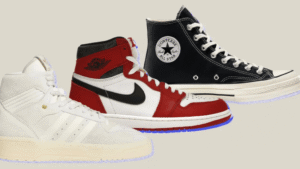
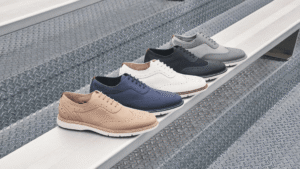
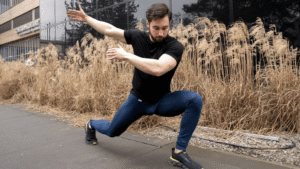

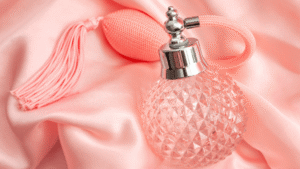
Affordable Perfumes: Discover Luxurious Fragrances on a Budget
